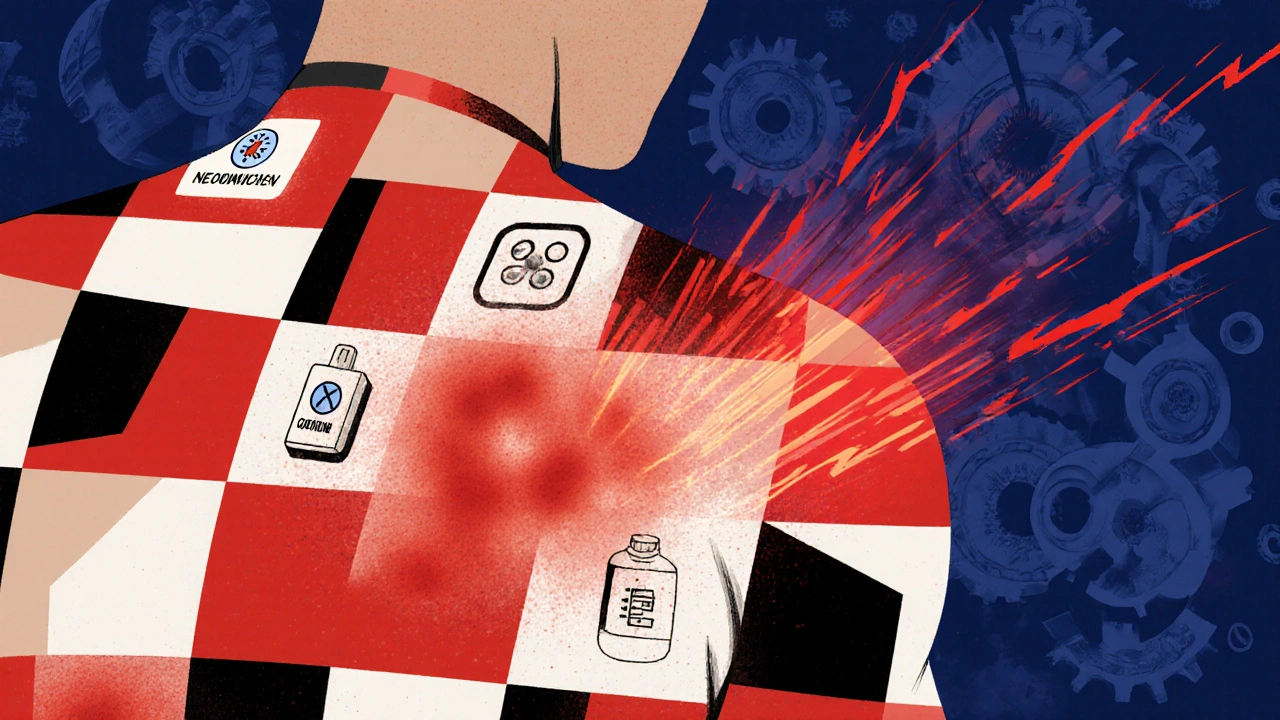Patch Testing: What It Is, Who Needs It, and What It Reveals
When your skin breaks out in a red, itchy rash that won’t go away, and no cream seems to help, you might be dealing with allergic contact dermatitis, a delayed immune reaction to something touching your skin. Also known as delayed-type hypersensitivity, it’s not the same as a quick peanut or bee sting allergy—it can take days to show up, and the culprit is often hiding in plain sight. That’s where patch testing, a simple, non-invasive method to identify specific substances causing skin reactions comes in. Unlike skin prick tests that check for immediate allergies, patch testing is designed to catch the sneaky offenders: metals, fragrances, preservatives, and chemicals you’ve been exposed to daily for months—or even years.
Think of it like detective work for your skin. A doctor places tiny amounts of common allergens on small patches, sticks them to your back, and leaves them there for 48 hours. You go about your life—shower, sweat, move around—but you don’t remove the patches. Then you return, and the doctor checks for reactions. A red, raised bump means your skin said, "Yes, this is what’s making me miserable." Common triggers include nickel in jewelry, formaldehyde in makeup, neomycin in antibiotic creams, and even certain ingredients in your shampoo or hand sanitizer. If you’ve had recurring eczema, hand dermatitis, or rashes after wearing watches or using new laundry detergent, patch testing isn’t just helpful—it’s often the only way to find the real cause.
It’s not just about avoiding the obvious. Many people think they’re allergic to "fragrance," but patch testing shows it’s actually limonene, linalool, or citronellol—the specific chemicals inside that fragrance. Others are told they have "chronic eczema," but testing reveals they’re reacting to cobalt in their blue jeans or thiuram in their athletic shoes. This isn’t guesswork. It’s science with real-world results. Once you know what’s triggering your skin, you can read labels, switch products, and stop the cycle of irritation. And if you’re managing a long-term condition like psoriasis or rosacea, identifying hidden allergens can make a bigger difference than any new cream.
What you’ll find in the posts below are practical guides on how to prepare for a patch test, what to expect during the process, how to interpret results, and how to avoid common allergens once you know what they are. You’ll also see how patch testing connects to other issues—like reactions to medications, dental materials, or even workplace exposures. This isn’t theory. These are real stories from people who finally found answers after years of frustration.





